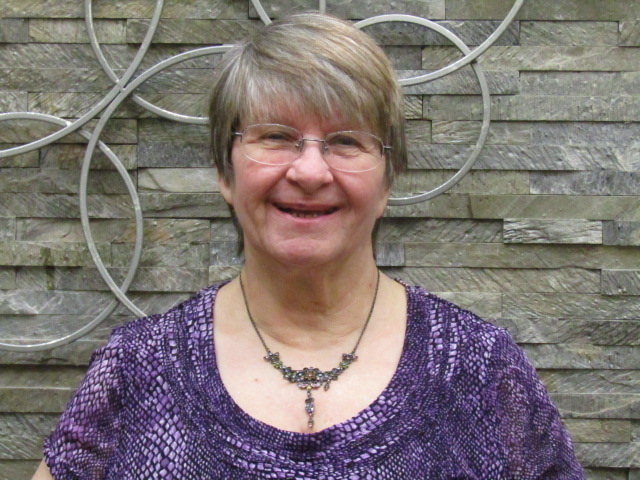By Valerie Routhieaux
Day 14: Character Development
One of the essential elements of writing your story is character development. You can’t just put any name on a page and expect it to fit in your story.
Think about all the characters you know from your favorite books or classics. Would A Christmas Carol be the same if Ebenezer Scrooge had a different name? Maybe, but doubtful. And what about Atticus Finch? Would To Kill a Mockingbird be the same with a different name?
Speak those names or many others and you immediately have an idea about the character, who he or she is and what kind of personality they have.
Names are important. You need to consider what kind of book you’re writing. Is it contemporary, western, mystery, science fiction, romance?
Once you have your character, you need to dress him or her. Who are they? What is their catchphrase? If I said, fiddle-dee-dee, do you know who said it? An idea of war, scoundrels, and cads might come to mind. Love, family, regrets, determination, might also come to mind. Put that fiddle-dee-dee alongside “As God is my witness, I will never be hungry again,” and you know exactly which character it belongs to.
What kind of person will fill the hero and heroine roles in your stories? To find out what kind of person he or she is, you need to communicate with them.
One method of communication is to have your character write you a letter about what they want to do or not do. Let them tell you what they fear the most and what they love the most and have your character be angry at you for stifling who they want to become. Get to know your character.
Once you know your character, you will know how he or she will act in any given situation. You know if she will flee the hospital when the doctor asks her help to amputate a soldier, and you will know if she has the guts to kill a man whose intent was to steal whatever he could.
Getting to know your character takes time. You won’t know everything about your character when you finish your first draft. You’ll have an idea about him or her. As you edit and revise your story, you give your characters the personality you started to develop in the rough draft.
It’s time to find out exactly who they are and if your audience will like them or hate them. You need to give them a purpose. Survival is a common purpose. Turning people from hating a person because of the color of their skin to fighting for them, is common. Fighting for what you believe in is also a common purpose.
How you develop your characters to bring about the outcome you want will show how well you develop the characters in your stories. Who are your favorite characters? Tell me why they’re your favorite.
Tomorrow’s Perspective: Secondary Characters


